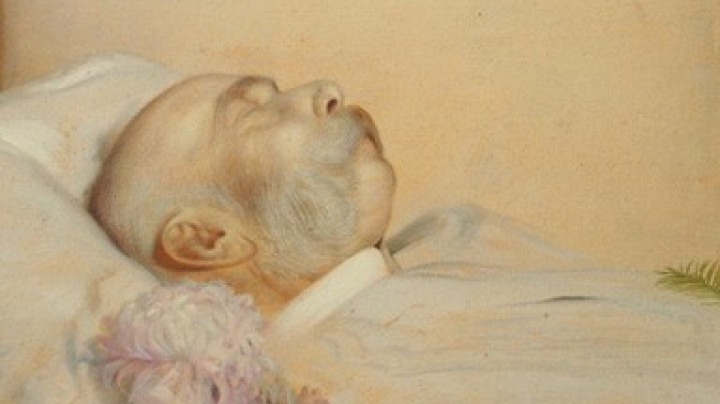Traces of a life: Archduke Franz Ferdinand
Located in the southern reaches of the Waldviertel region of Lower Austria, not far from the river Danube, Schloss Artstetten is still owned by the archduke’s descendants, who have set up a museum with the aim of showing Franz Ferdinand as a private person rather than simply as the heir to the imperial throne and victim of the assassination at Sarajevo.
Schloss Artstetten also contains the family crypt in which Franz Ferdinand and his wife Sophie are buried. Franz Ferdinand had this tomb built during his own lifetime as he wanted to be buried next to his wife; their morganatic marriage would have denied Sophie a place in the Imperial Crypt in Vienna. Today there is a plaque in the Imperial Crypt, affixed at a later date, which commemorates the heir to the throne and his wife.
A visit to the archduke’s summer residence at Konopiště, near Benešov to the south of Prague, conveys an impression of the huge range of his art-historical ambitions and mania for collecting.
Objects associated with the assassination at Sarajevo, including the bullet-ridden automobile and the archduke’s blood-stained uniform, can be seen at the Heeresgeschichtliches Museum in Vienna.













